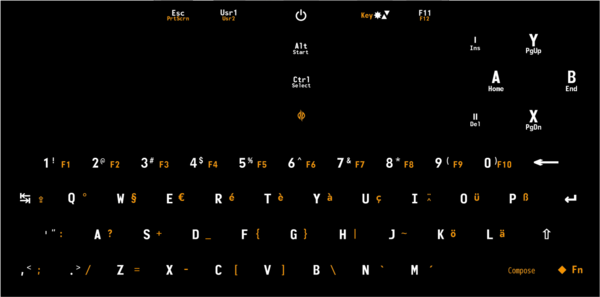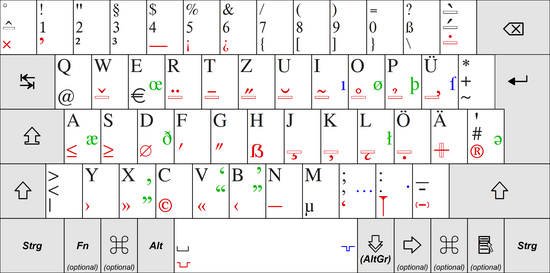WizardStan
Mega GP Mania
- Joined
- May 24, 2008
- Messages
- 16,733
It should be possible to map Fn-alt to altgr: press two shoulder buttons instead of one to get the desired effect, leave regular alt as regular alt.a decision might need to be made as to whether it is better or worse to have Alt or AltGr between the nubs Vs/or on the shoulder



